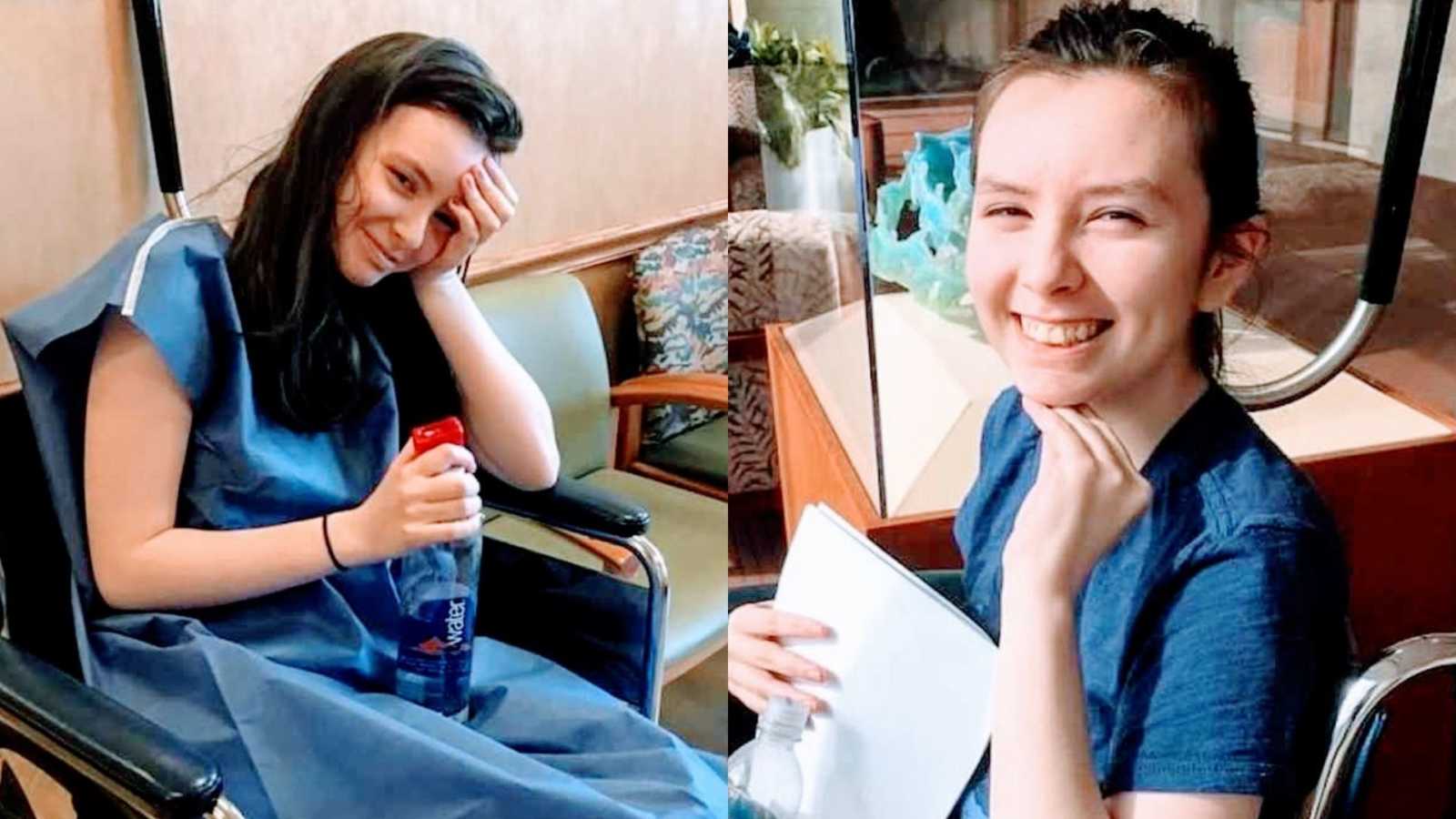“From birth, I was really healthy. Besides the normal kid illnesses, like strep throat and ear infections, I was healthy. So when I became chronically ill at age 11, it was a shock to everyone. When my symptoms of nausea, tachycardia, and lightheadedness started one day after gym class in sixth grade, I just thought I was dehydrated and these issues would go away. But as hours, then days, then weeks passed, I knew something was wrong. I started becoming scared to go to school since the four flights of stairs made me so nauseous. But to the people around me, it looked like anxiety. So that’s how my school treated it.
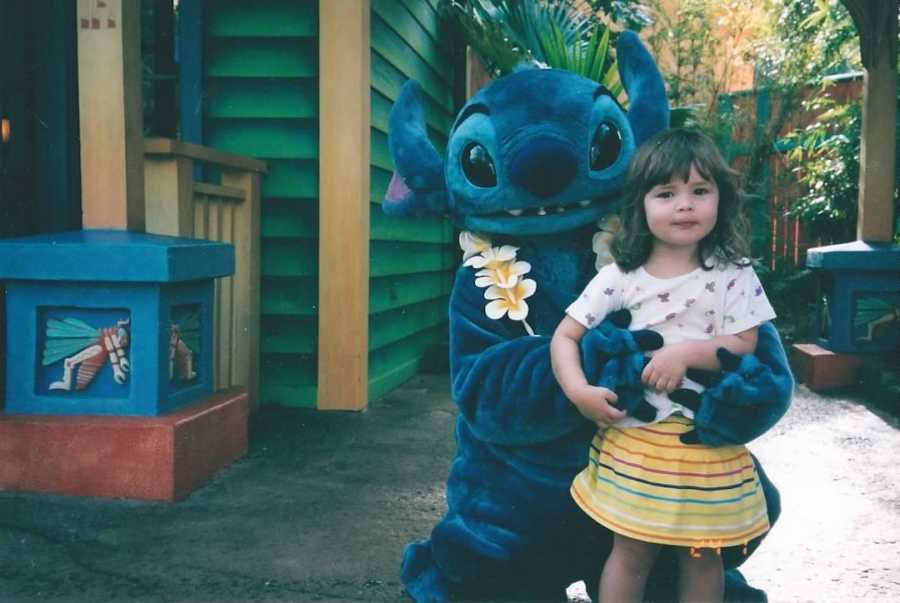
A few months after my symptoms started, I was sitting in the car with my mom, crying after she and my counselor tried to get me into school. I felt defeated, angry everyone kept treating me as if I had anxiety when I knew it wasn’t. I had been diagnosed with anxiety in third grade, so I knew what it felt like. That day in the car, I got tired and kept telling my mom over and over, ‘This isn’t anxiety.’ This cycle continued for the rest of my sixth-grade year. I could feel my endurance getting lower and lower the more I pushed myself to make it through each school day. But in August, I met with my doctor and she gave me an answer.

‘I have an idea of what it could be, but I really hope it’s not.’ That’s what my doctor said before she mentioned POTS, which stands for Postural Orthostatic Tachycardia Syndrome, a form of autonomic dysfunction. This diagnosis was confirmed 2 months later with a tilt table test, which showed that my heart rate jumped 60 beats per minute when I went from laying to standing. While I had a diagnosis and followed all of my doctors’ directions, my health kept getting worse. And, though I had a diagnosis, school administrators kept treating me as if they were treating anxiety as if since they had never heard of POTS before meant it must not be that important. We were forced to bring my therapist in so she could tell my school they were dealing with a health condition that’s in no way mental health-related.
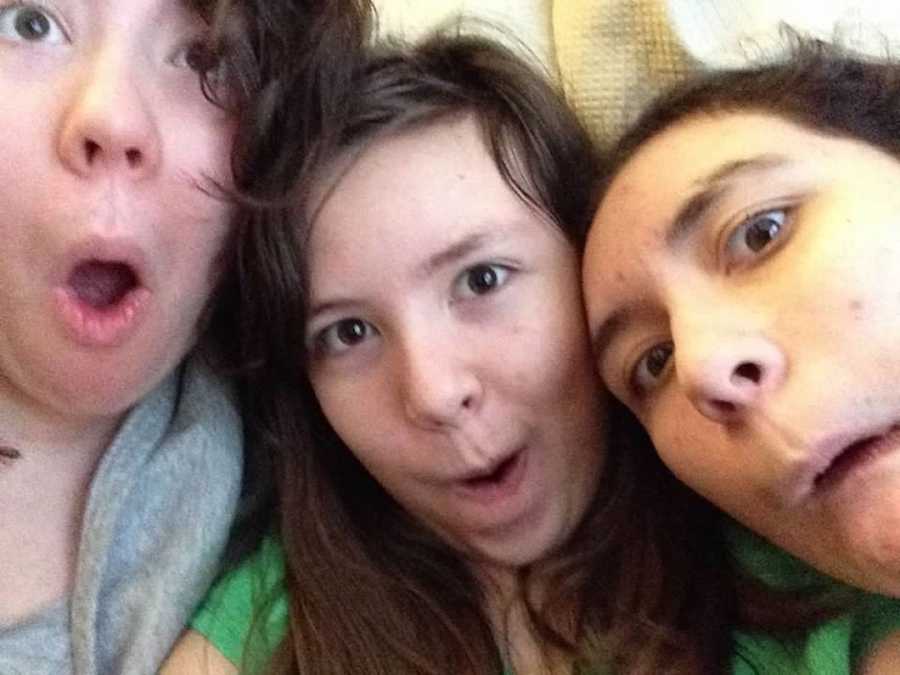
By early 2015, I had to cut down to half days at school as my body couldn’t handle more. My POTS doctor kept pushing me to get back into school again, but the more I pushed, the worse I got. It was frustrating, yet I felt like I wasn’t doing enough. My POTS doctor would say if I was doing what I was supposed to be doing, I would be fine. So, in May 2015, I entered a pain/rehab program. Going into this program was nerve-wracking for me, but it kept being recommended by doctors, so I went. The first day was okay. They did memory and logic tests on me for most of the morning and spent most of the rest of the day learning the basics of the program. The next day was a little different.

After a full morning at this program, I was feeling sick and wanted to see my mom. Parents go through the program with their children, so I knew my mom was there and where she was. I asked if I could see my mom, but they refused since I was supposed to have a group class then. I was feeling really sick and didn’t want to go to the class without seeing my mom, but they continued to refuse. I ended up outside the entrance on a bench, from where I could see my mom sitting in the entrance area. I started crying and kept asking for my mom, but for the next hour, they made me sit there and cry as I kept asking over and over to see my mom. When they finally got my mom, they took her aside and said, ‘We think that if we take her upstairs, she might cooperate more.’
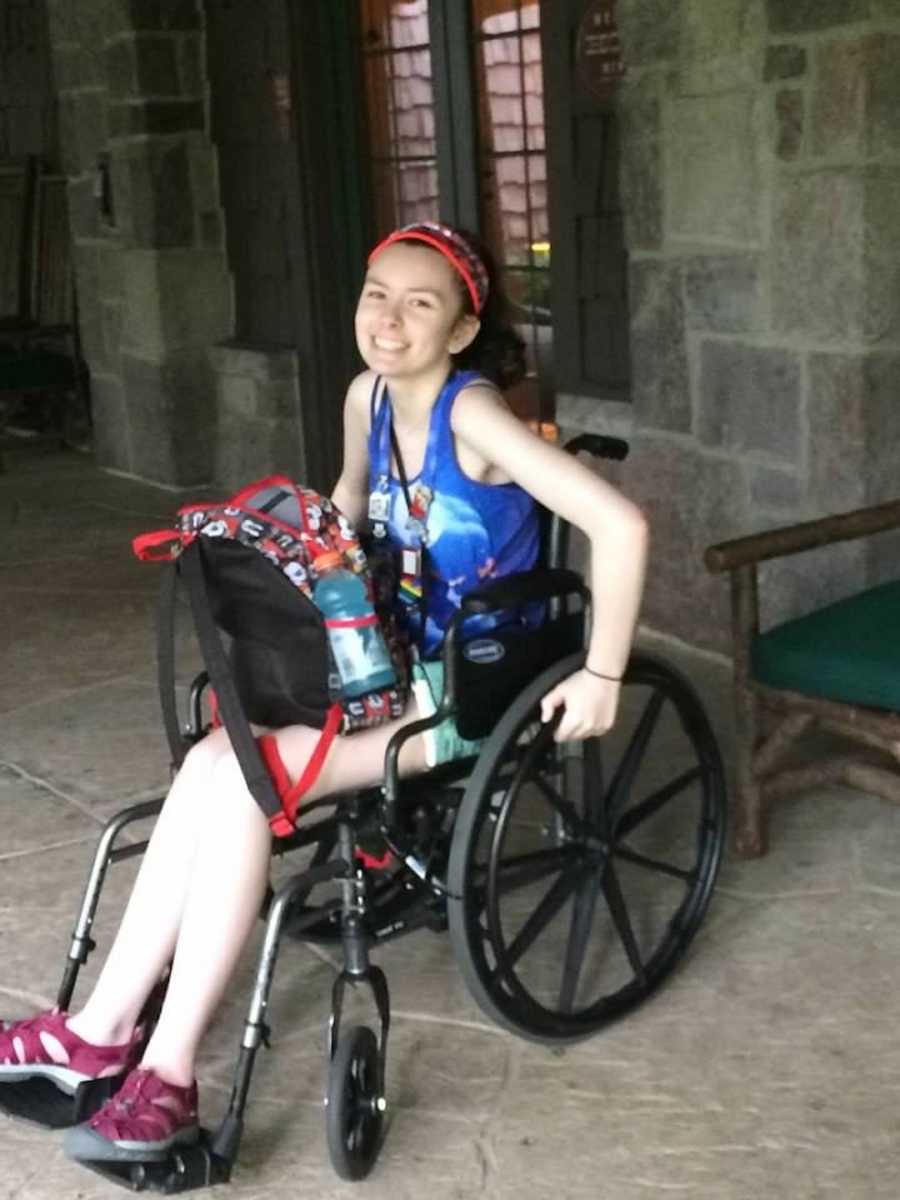
My mom, having lived in this town for over 20 years, knew that above this pain/rehab program was the psychiatric hospital. And as soon as my mom was told that, my mom took me and left. We never went back. For the rest of the school year, I was there nearly every day. I feared going back to that program, so I did everything I could to show my doctors I was fine. And in the summer of 2015, I was able to go to St. Louis on vacation and visit family in Chicago. It seemed, as though, by the beginning of eighth grade all of the pretending I had done was coming back to bite me. I had to leave school on the second day of eighth grade. The first day, I barely made it to the counselors’ office without needing to sit. And the second day, I couldn’t even get out of the car. I then started online schooling, and because I left school, I also lost all of my friends. I became lonely. Even though I had left school, I still continued to get worse. And in August of 2016, my stomach worsened to the point where somedays I couldn’t eat. I started losing weight, and just moving would cause pain and nausea. I stopped leaving the house because I felt too sick.
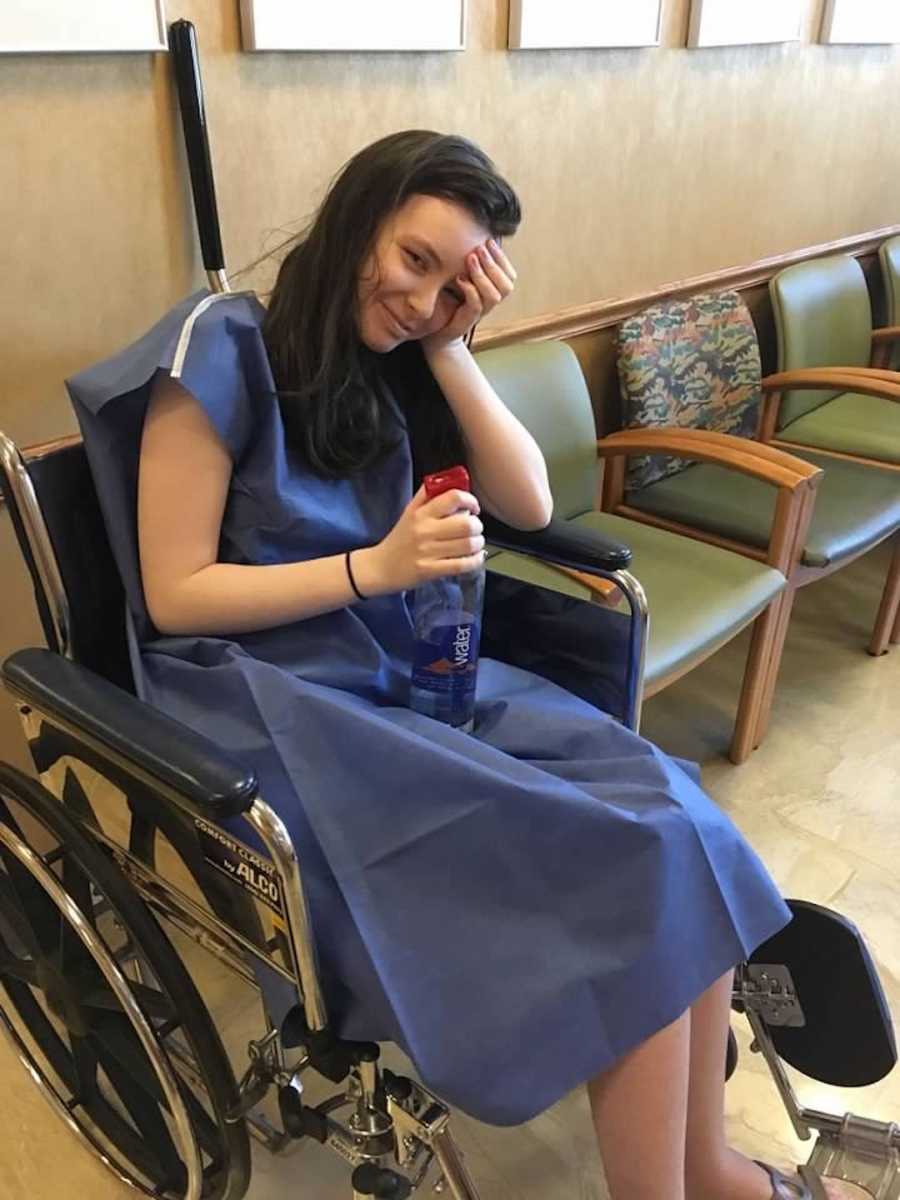
By May 2017, my stomach was still struggling, so I saw a gastroenterologist. He recommended seeing a pain doctor, who once I saw him, recommended getting steroid injections into my abdominal wall. I got my first injection that day. Whether it helped, I’ve never been able to decide, but it was worth a try. I kept getting those injections every few months for the next year, desperate for something to make my pain lessen. I was lost and didn’t know what to do. Every treatment I tried for my POTS or my nausea never helped. I barely left the house because it was too exhausting for me to just walk around a store or walk my dog. After a while, I gave up trying to feel better. I had exhausted all of my options, all of our ideas, from the pain program to seeing a chiropractor, from steroid injections to lidocaine patches. I was defeated.
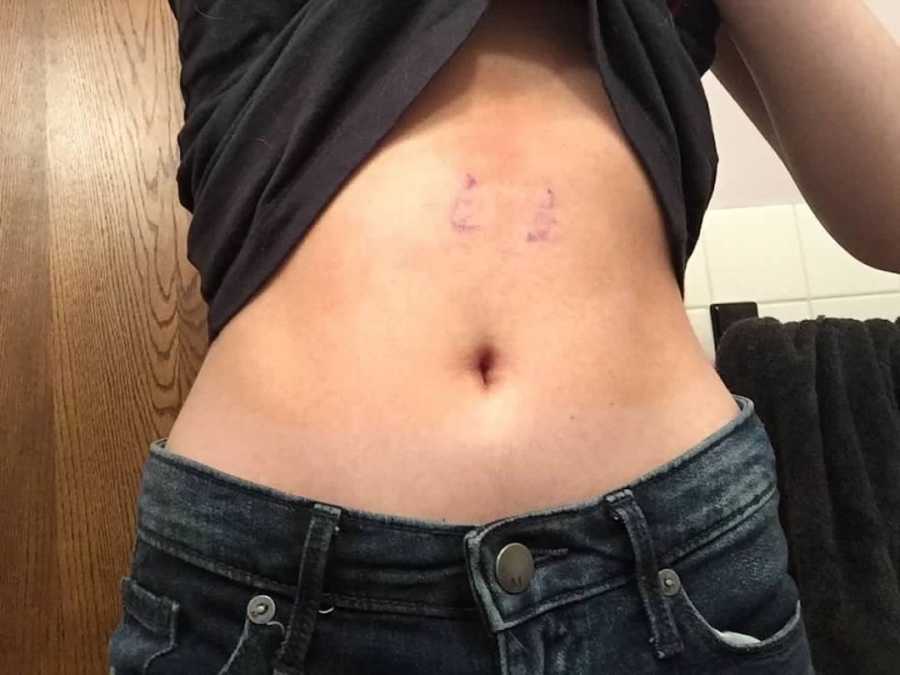
December 2018 was the breaking point. My mental health was slowly getting worse, and when both my therapist moved and my doctor retired, I fell into a deep depression. My only support outside my family was now gone. I started having panic attacks every night, crying so much my face would hurt. I felt so alone I turned to the internet. I started searching POTS on YouTube and found videos of other people who lived with it. I watched as many as I could, every video making me feel less alone, hearing other people’s experiences with POTS for the first time ever. But I also noticed many of the people in the videos I was watching also had something called Ehlers-Danlos Syndrome, also known as EDS. I had never heard of it before, so I started to research.

The link between POTS and EDS was intriguing to me. I watched videos about EDS and slowly connected the dots to my own symptoms. My hypermobility, my joint pain since childhood, unexplained bruising, my POTS diagnosis, were all symptoms of EDS. By May 2019, I decided I was going to search for a diagnosis. In the summer of 2019, I saw allergy and immunology, neurology, gastroenterology, and rheumatology. My allergist kept dismissing my symptoms, the neurologist told me to see a therapist, my gastroenterologist blamed my nausea and stomach pain on a pain disorder, and my rheumatologist did the same with my joint pain. And when I brought up EDS to the rheumatologist, he told me, ‘Even if you do have it, a diagnosis wouldn’t be worth it because you can’t do anything about it.’
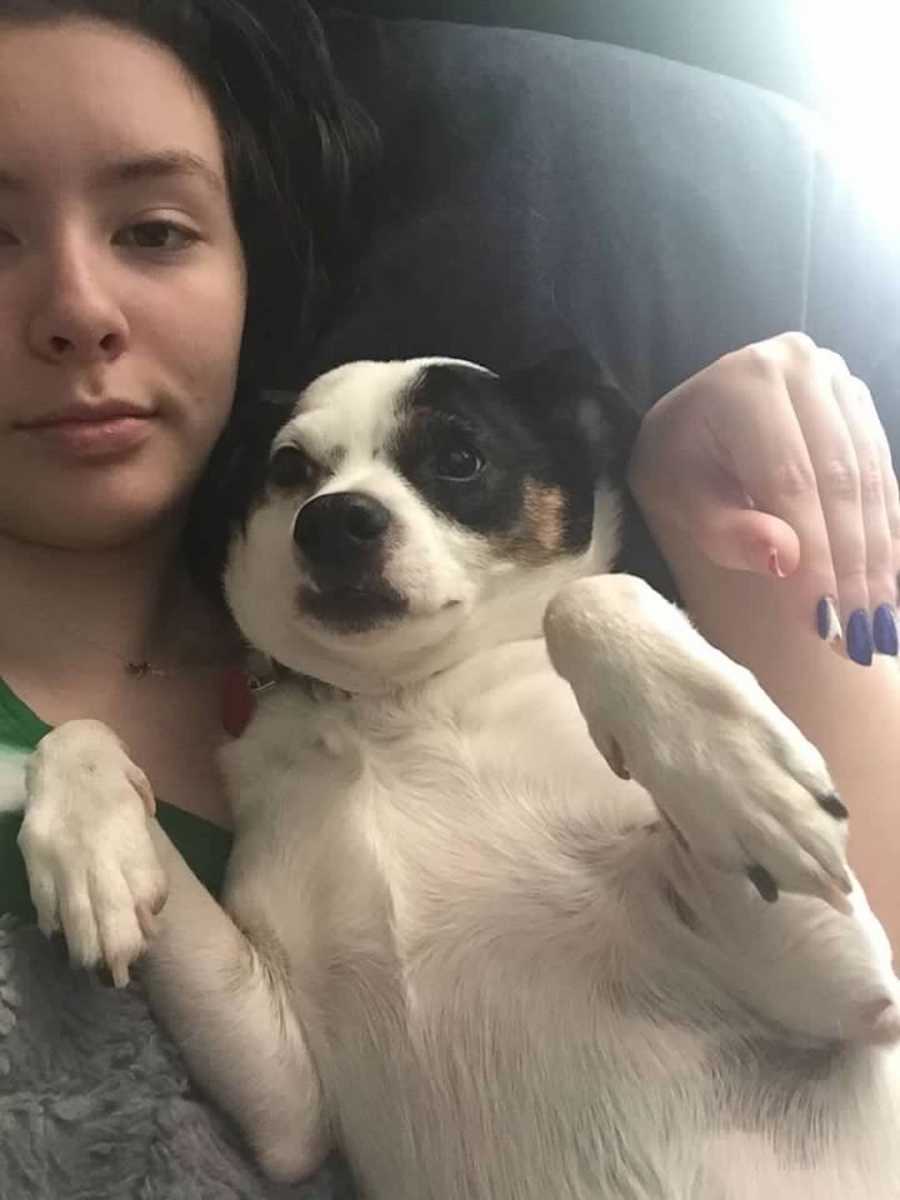
I was angry. No one was taking my symptoms seriously. I was finally fighting for myself for the first time, yet people continued to ignore me. But instead of giving up, I fought harder. In October 2019, I met with a pain doctor. While he, yet again, blamed my pain on a pain disorder, he also gave me a referral for physical therapy. I had had bad experiences with physical therapy in the past, so I decided to look outside of the clinic I was going to. And I found a physical therapist that works with people with POTS. When I met her, she took me through the science behind chronic pain and why it happens. She explained chronic pain better than anyone else, which was comforting to me, knowing how pain affects me and how to deal with it.

While I knew I was starting physical therapy, I still had the gut feeling I had EDS. So I wrote to my doctor and told her I wanted to see genetics, so she sent in a referral. And when I told my physical therapist we were looking into EDS as a diagnosis, she couldn’t give medical advice, but she said, ‘I think that’s a good idea.’ February 6, 2020, was the date of my genetics appointment. When I arrived at the appointment, they informed me the doctor I was supposed to see had to change appointments, so I would be meeting with a different doctor. I was worried. Having met with many bad doctors in the past, I had nearly given up hope in finding one that would listen to me. So when my doctor came in, sat in his chair, turned to me, and said, ‘What are you doing here?’ My heart sunk.
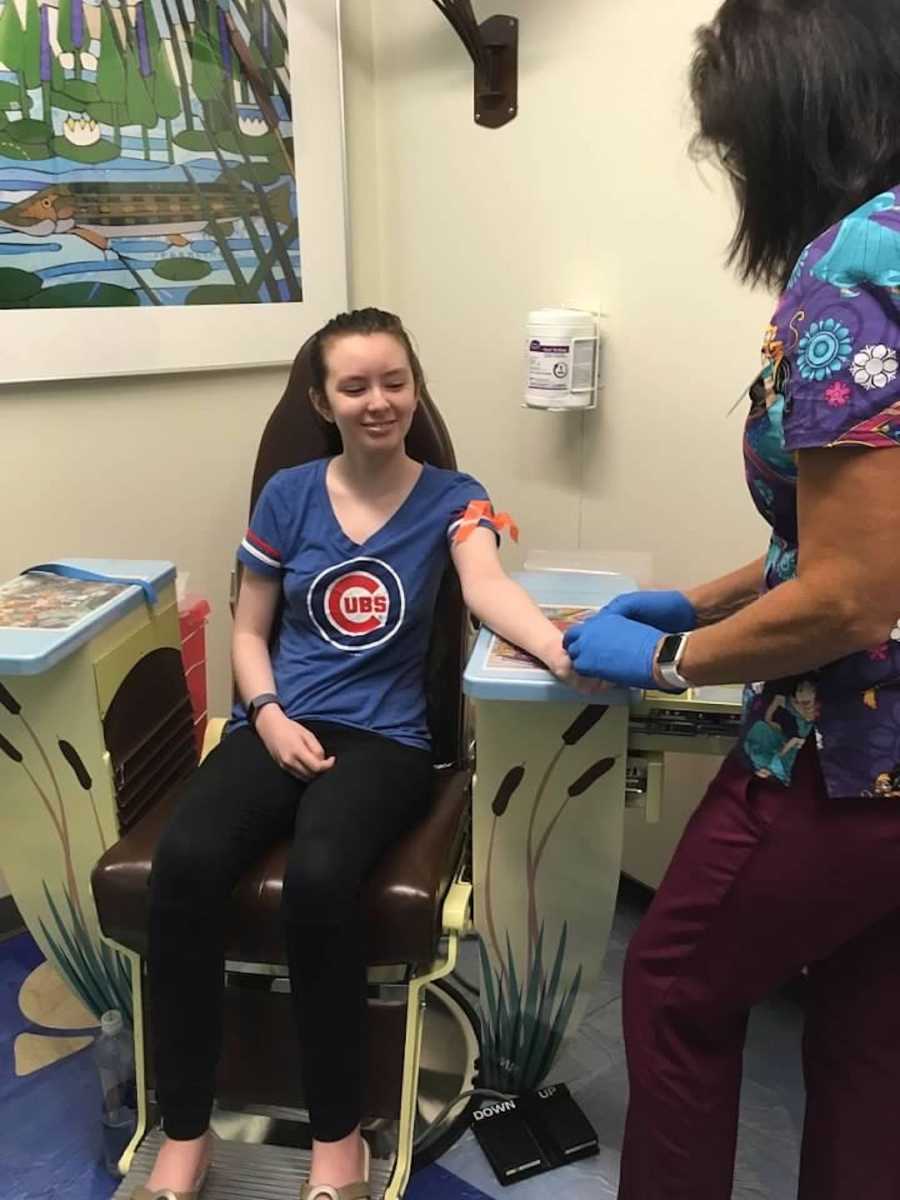
After checking my hypermobility, skin hyperextensibility, and going over medical history, he said, ‘You have Hypermobile Ehlers-Danlos Syndrome. I knew from the second I shook your hand.’ I was shocked. I didn’t expect it to be that easy. I wasn’t used to not having to defend myself in appointments. I became overwhelmed with relief. For the first time in my life, I had an answer for all of the weird issues I had been having my entire life. The ankles I would wrap in ACE bandages my entire childhood, my POTS, the weird bruising I would get, even my dental crowding and long fingers. I felt happy.
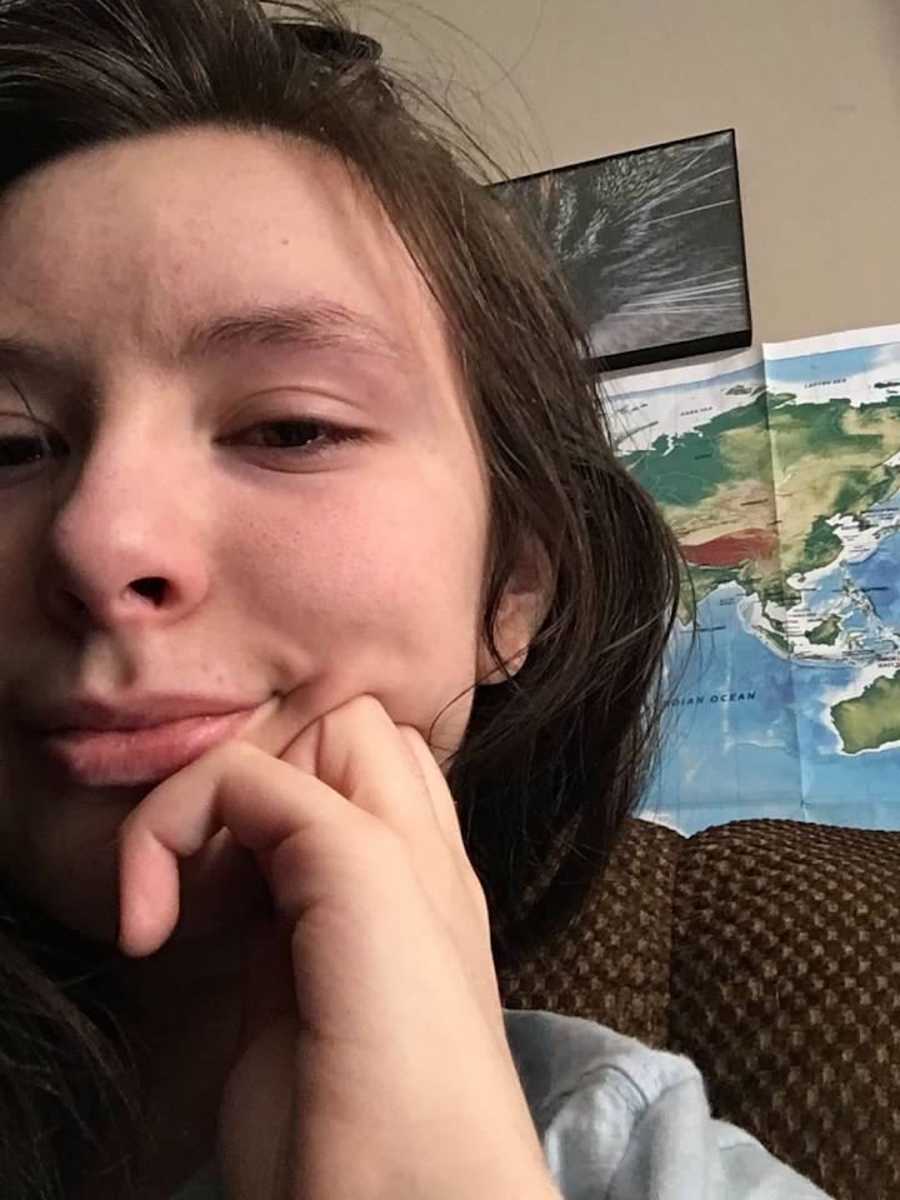
To some, getting a diagnosis for something like EDS doesn’t seem worth it, but, to me, having answers is all I needed. After my diagnosis, my grandma was then, subsequently, also diagnosed with Hypermobile EDS. And, personally, seeing what my grandma has gone through for the past 70+ years because she didn’t have a diagnosis made my diagnosis even more worth it. I wasn’t looking for a cure, and I don’t even want one, but this diagnosis gives me the opportunity to prevent future damage to my body. I know I’m lucky to be able to have gotten a diagnosis, so to anyone who isn’t able to, I’m so sorry, and I know that feeling. Having your body feel like it’s falling apart and not knowing why is terrifying, and that’s a place I wish no one had to be in.
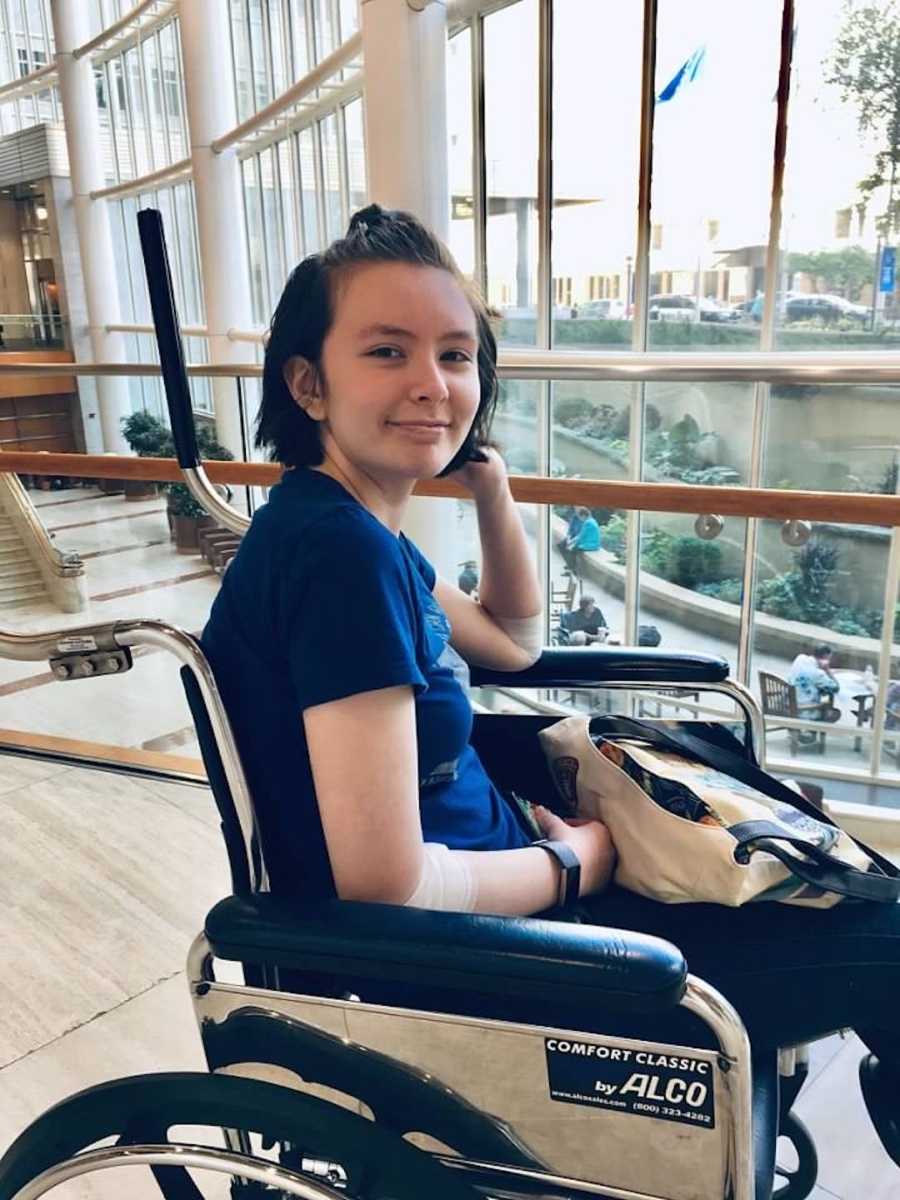
I also want to say pain disorders are a real thing and should not be dismissed. I just had a gut feeling that wasn’t what was happening to me, and I was right. If I could give one piece of advice from my experience, I want you to know you know your body best. Trust what it is telling you, even if doctors dismiss you. I have spent way too much time doubting my own symptoms because doctors ignored me so many times. But my pain is real, and so is yours. Don’t let anyone else’s words make you doubt who knows your body best: you.”
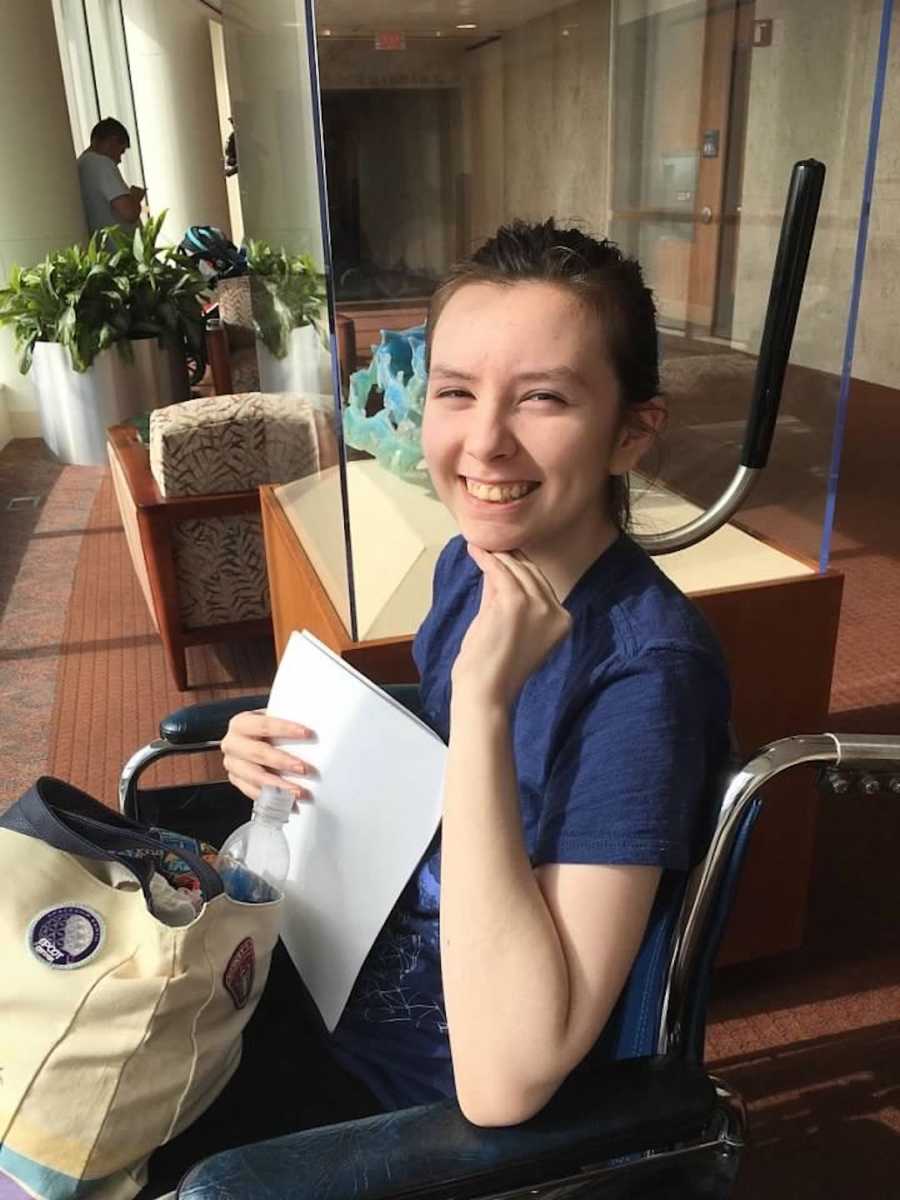
This story was submitted to Love What Matters by Madelyn Saner from Rochester, Minnesota. You can follow her journey on Instagram and her Etsy page. Submit your own story here. Be sure to subscribe to our free email newsletter for our best stories, and YouTube for our best videos.
Read more amazing stories about chronic illness warriors here:
Please SHARE this story on Facebook and Instagram to encourage others to cherish every moment and love what matters most.

